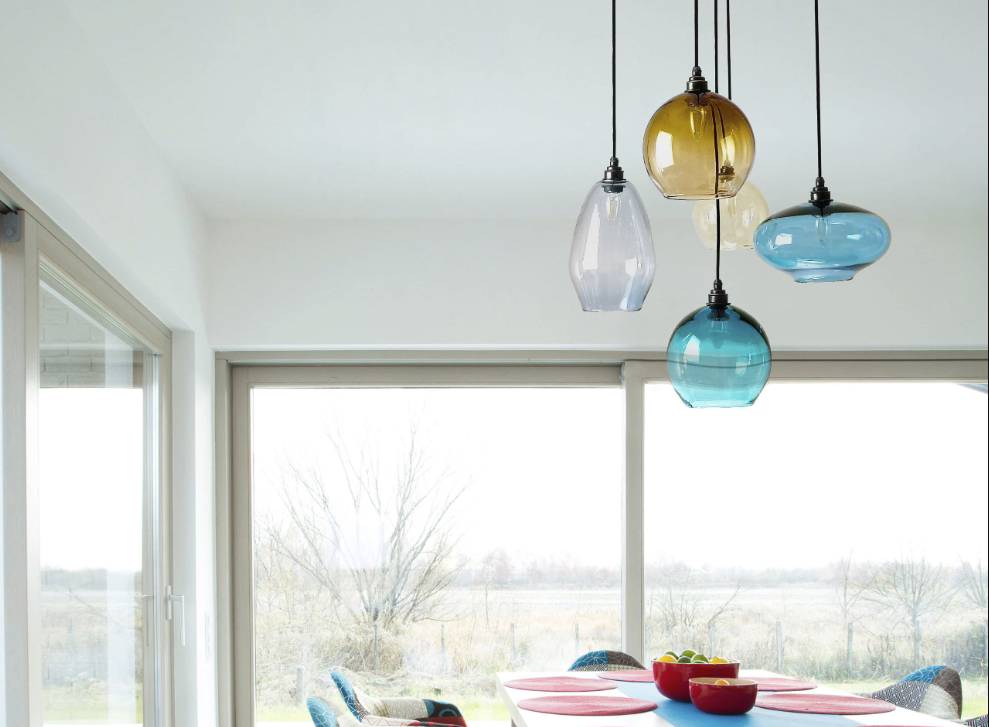Introduction
White LED lamps are a revolutionary technology that has transformed the lighting industry. With their incredible energy efficiency, durability, and wide-ranging applications, white LED lamps have become one of the most popular lighting solutions for households, businesses, and public spaces. This article will dive deeper into the technology behind white LED lamps, highlighting their benefits, environmental impact, and future prospects.
What are White LED Lamps?
A white LED lamp is a type of light-emitting diode (LED) that produces white light. LEDs were initially developed in the 1960s as indicator lights, but it wasn’t until the 1990s that they were first integrated into technology products. White LED lamps have taken over the traditional incandescent and fluorescent bulbs that dominated the lighting industry for decades, due to their superior performance and energy efficiency.
The Technology behind White LED Lamps
White LED lamps work by using a semiconductor-based material that emits photons when electrical current passes through it. When the electrons in the semiconductor material get excited, they release energy in the form of light. The color of the light emitted depends on the chemical composition of the semiconductor material. The most common type of semiconductor material used in white LEDs is a combination of a blue LED and a yellow phosphor coating, which produces white light.
The Benefits of White LED Lamps
White LED lamps offer many benefits over traditional lighting solutions. Some of these benefits include:
- Energy efficiency: White LED lamps use less energy than traditional incandescent and fluorescent bulbs, which results in significant cost savings on electricity bills.
- Durability: White LED lamps are durable and have a longer lifespan than traditional bulbs, which reduces the frequency of replacements and ultimately reduces waste.
- Flexible design: White LED lamps come in a variety of shapes and sizes, making them suitable for different applications and uses.
- Environmentally friendly: White LED lamps are a more sustainable lighting solution than traditional bulbs, as they are mercury-free and emit less carbon dioxide during production and use.
The Environmental Impact of White LED Lamps
The adoption of white LED lamps has significantly impacted the environment by reducing the amount of energy consumed for lighting purposes. This has led to a reduction in greenhouse gases emissions, particularly carbon dioxide. However, there are environmental concerns associated with the disposal of white LED lamps, as they contain harmful materials like lead and arsenic. To mitigate these concerns, recycling programs have been established to facilitate responsible disposal and minimize environmental impact.
The Future of White LED Lamps
The future of white LED lamps looks bright, with further advancements expected to improve their energy efficiency, durability, and cost-effectiveness. Research is also being done to explore other applications of white LED technology, such as in medical devices and horticulture lighting. With their incredible benefits and potential for growth, white LED lamps are undoubtedly the future of the lighting industry.
White LED lamps are a game-changer in the lighting industry, offering numerous benefits over traditional lighting solutions. Their energy efficiency, durability, and flexibility make them a popular choice for households, businesses, and public spaces. With the continuous advancements in technology, white LED lamps are set for a bright future, paving the way for a more sustainable and environmentally friendly world.




